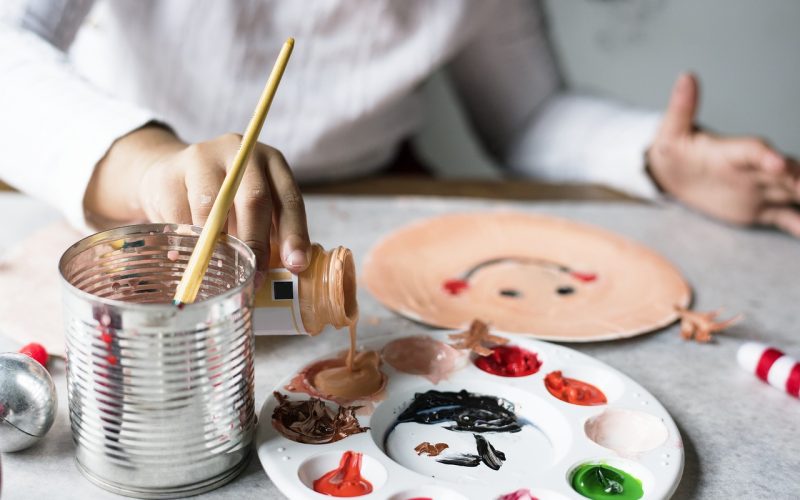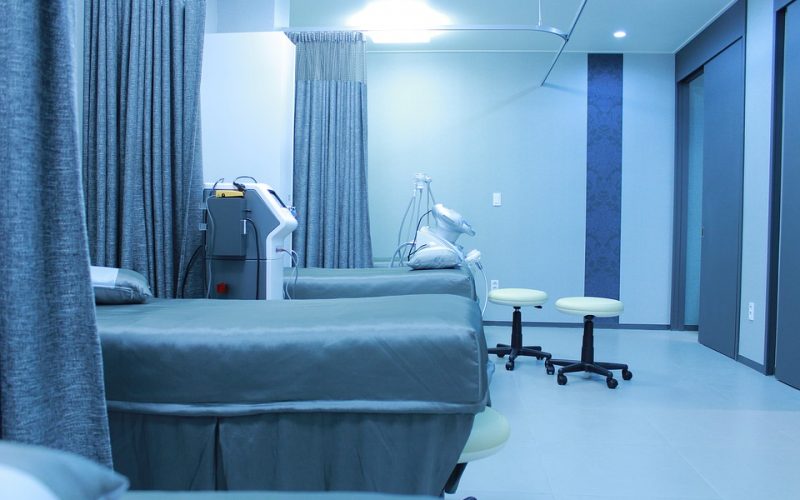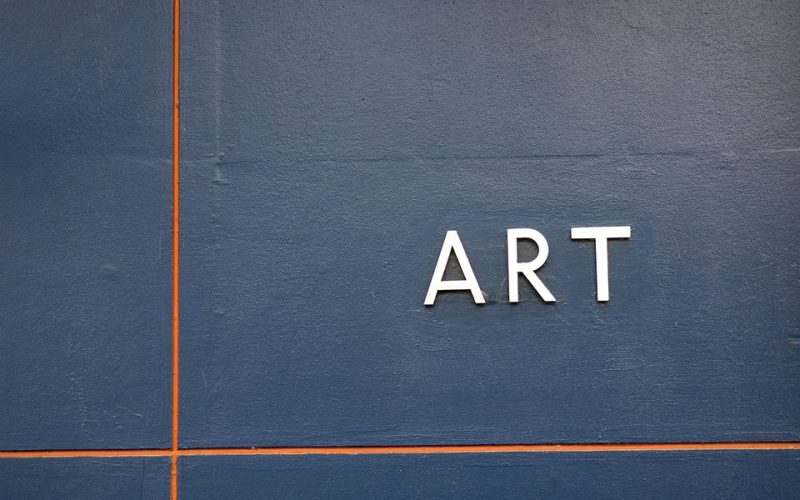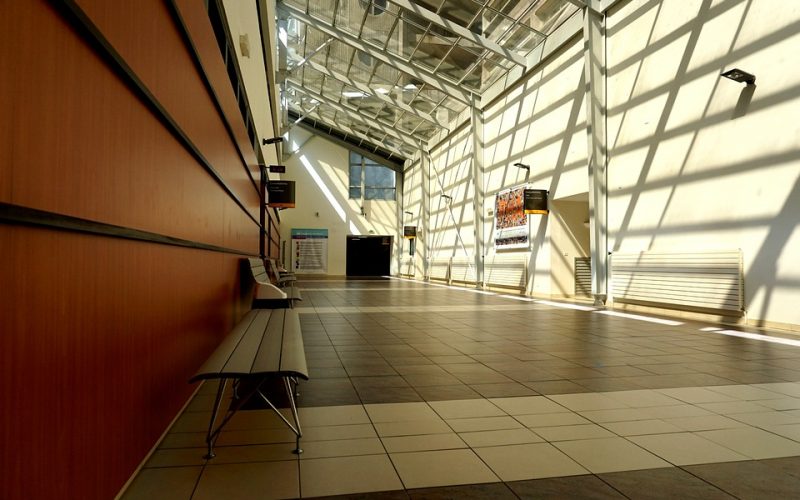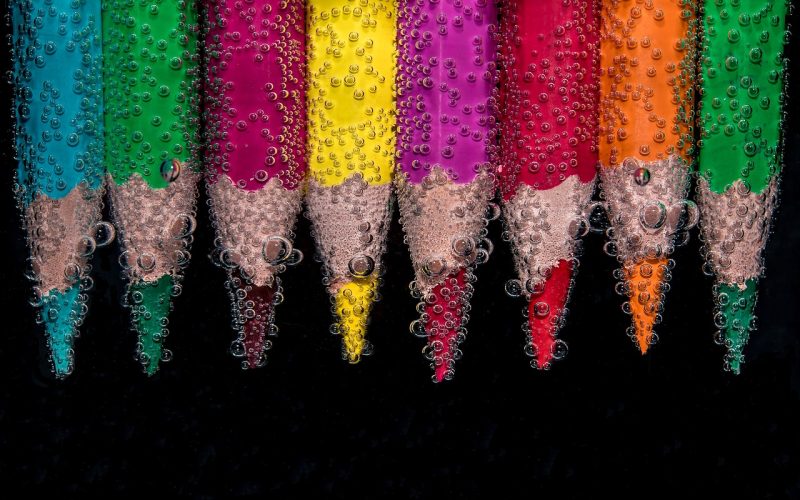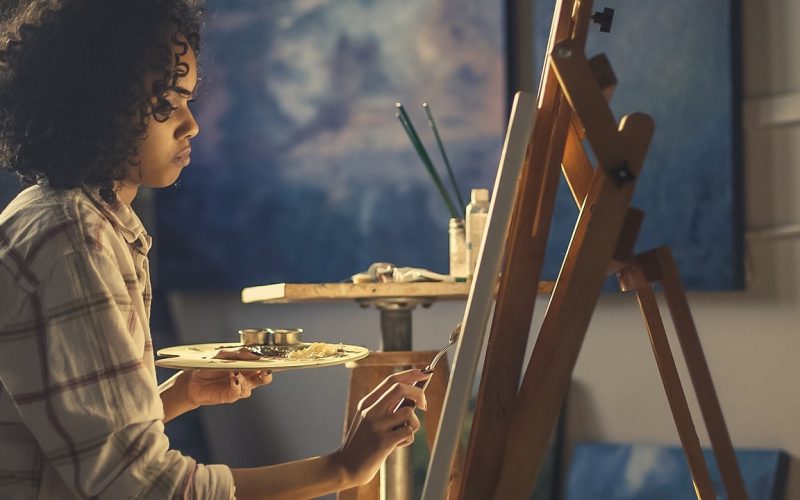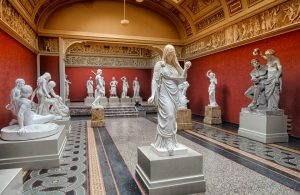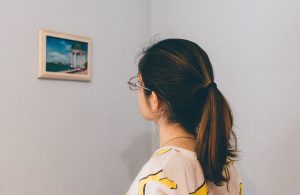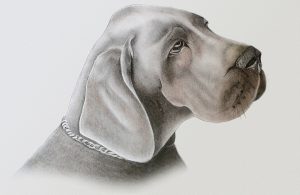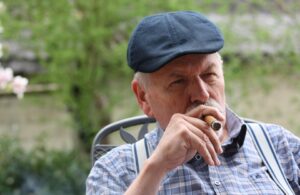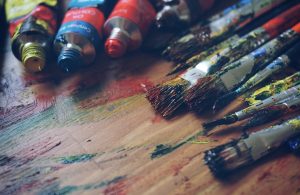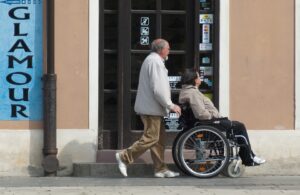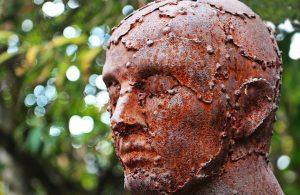Many people visiting doctors and hospitals do not have life threatening injuries or terminal diseases. The atmosphere of many of these institutions does not reflect this truth. Patients rarely come to see a health care professional with hope in their hearts. Instead, they see these visits as a necessary evil so they can continue to live. Feeling this way is not necessary and art can help patients change how they feel about seeing their doctor.
Emotion has long been associated with art. Paintings use form and color to highlight people, objects and landscapes. They are designed by the artist to project a mood from the painting to the person viewing it. This is a sharing of emotions that connects the artist to the viewer. Sculptures are another way artists connect emotions with a visual art form. The artist sees a vision in their mind that evokes an emotion. They then transfer this to a solid form with multiple dimensions. When the viewer sees the object, the emotional content is transferred. Uplifting art, with hope as the emotion being transferred, is perfect for institutions of healing.
Health care providers work hard to make the lives of their patients better. They do this in several ways, such as transmitting information to their patients, prescribing medicines and surgery to heal injuries and diseases. They offer solutions for health issues as well as prescribing preventative treatments to avoid health problems. Within their arena, they offer hope through their work. These professionals must accomplish their goals in an environment of depression and fear. Art that uplifts their mood is even more important on a daily basis.
Overall, art has the ability to bring a feeling of hope to both patients and care givers because its emotional message can be transferred to anyone who views it. Health care providers should have regular access to this life affirming art form. Patients need to be able to see it whenever they and their loved ones need reassurance during the trying times brought on by health issues. The uplifting nature of art is truly a necessity for the world of health care.

